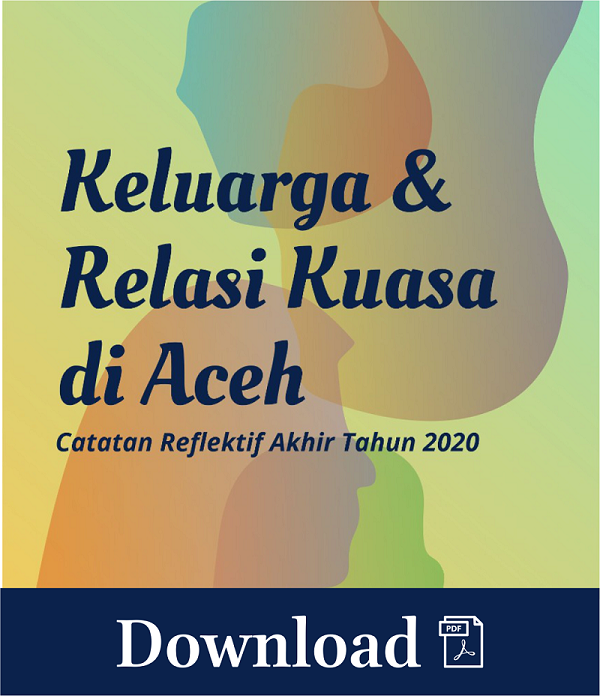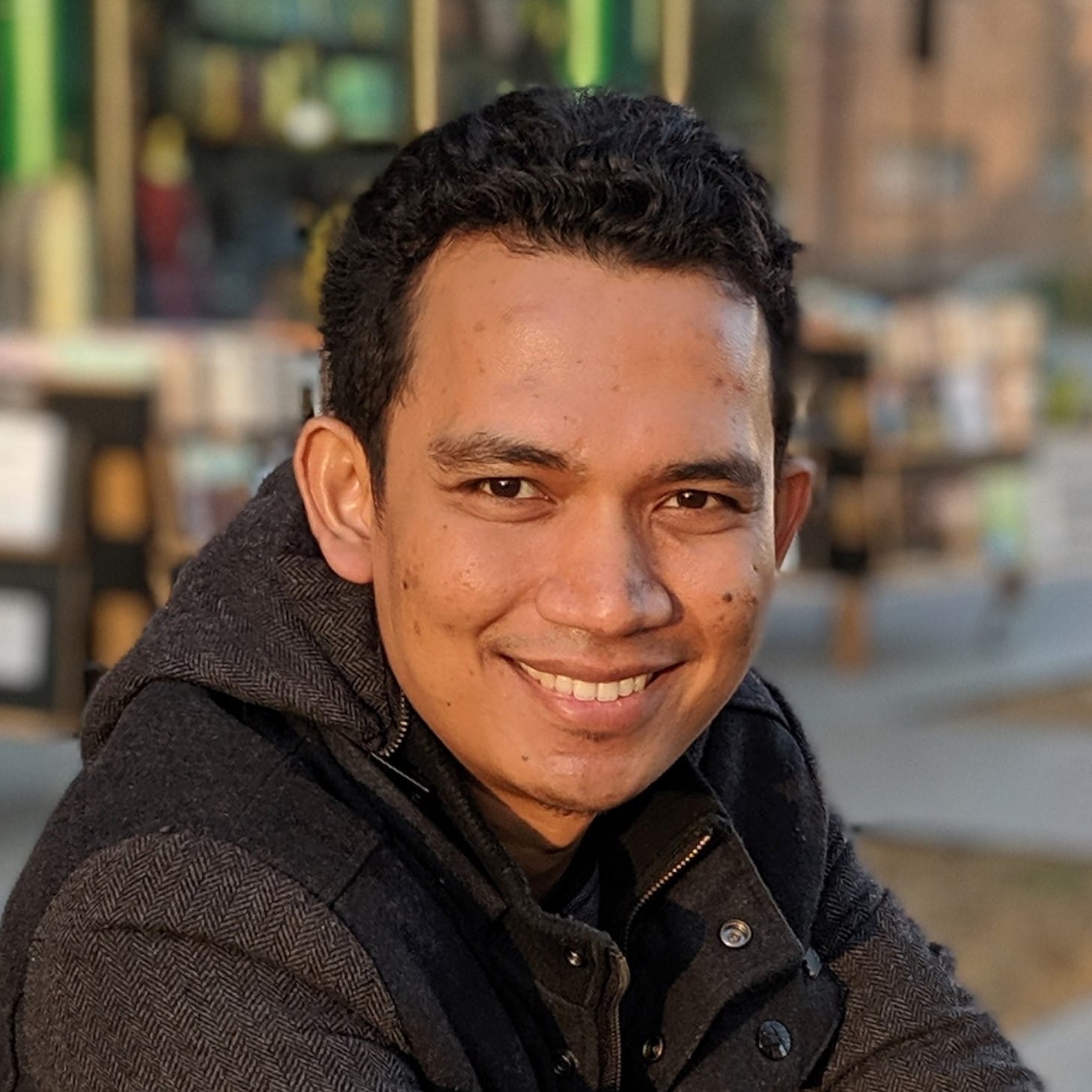Authors:
Jamie McCaughey, Ibnu Mundzir,
Saiful Mahdi, and Patrick Daly
In 2004, a devastating tsunami struck coastlines around the Indian Ocean. Examining the long-term recovery of the city of Banda Aceh, Indonesia, we found that reconstruction aid provided mostly near the coast, combined with many people's preferences to move to safer areas instead, has had the unintended consequence that the poor have become disproportionately exposed to coastal hazards.
We published these findings in Nature Sustainability (see also a commentary and blog post). For this and other studies, researchers from the Earth Observatory of Singapore, Nanyang Technological University teamed up with our colleagues at the International Centre for Aceh and Indian Ocean Studies and Syiah Kuala University in Banda Aceh, Indonesia.
 |
| Banda Aceh and surroundings after reconstruction. The tsunami reached ~3 km inland across the low-lying terrain. Following this, the international reconstruction effort rebuilt mostly in-place in areas near the coast |
As we detail in our paper and blog post, this study looks at the question of where to rebuild after a disaster. This decision often involves a difficult tradeoff: rebuilding in-place puts people back in disaster-prone areas, yet mass relocation projects often have negative impacts on people's livelihoods, land rights, and connections to their community. The international humanitarian sector often favors rebuilding in-place, but is this always what people want after a devastating disaster?
After the 2004 tsunami, the Indonesian government first proposed that people should be given a choice either to return or to relocate further from the coast. But this was difficult to implement: aid providers were unable to quickly acquire land that would have enabled them to offer relocation as an option. Reconstruction was done by aid providers predominanly in-place in the coastal areas that had been devastated by the tsunami.
We examined the long-term recovery of the city of Banda Aceh. We found that while some tsunami survivors did want to return to coastal areas, many other tsunami survivors preferred to move further inland instead. This caused property prices to increase in the inland areas of the city. Tsunami survivors who could afford to move inland typically rented out their aid houses near the coast to lower-income newcomers to the city. The unintentional consequence has been new socio-economic segregation: wealthier residents tend to live in the inland part of the city, while poorer residents tend to live in areas exposed to coastal hazards.
For future post-disaster reconstruction efforts, these findings suggest that it may be best to offer each household the choice either to return or to relocate to a safer place, as the Indonesian government had intially proposed for the reconstruction of Aceh. In order to implement this, however, aid providers would need to overcome many challenges, especially in quickly acquiring land to enable relocation options.
International collaboration to learn the lessons of disasters
This study and others are made possible by a strong collaboration between the Earth Observatory of Singapore at Nanyang Technological University and Syiah Kuala University and the International Centre for Aceh and Indian Ocean Studies in Aceh, Indonesia.
These collaborations have been diverse, fruitful, and rewarding. In studies of other aspects of the long-term recovery after of the 2004 tsunami, we found that efforts to make village governance more inclusive had partial success, and that efforts to rehabilitate agriculture and aquaculture were more effective in rural areas than near cities. We also found that most people do not trust vertical evacuation buildings, but they would be more willing to evacuate to these if the evacuation buildings were designed as mosques and if there were available food, water, and medicine.
Some of us have searched for geological and archaeological evidence of ancient tsunamis in and around Aceh. One study found evidence of two tsunamis just a few decades apart in the 14th-15th centuries; another study found evidence of at least 11 tsunamis recorded in sand layers between 7400 and 2900 years ago. These studies help us better understand the frequency and size of tsunamis.
Each of these studies brought together researchers with diverse expertise from both institutions. These studies advance our knowledge of the physical causes of natural hazards, the social impacts of disasters, and ways that families, communities, governments, and NGOs can work toward keeping people safer in the face of the hazards of this dynamic planet.
Finally, when an earthquake struck the nearby Aceh regions of Pidie and Biruen, our colleagues based in Banda Aceh quickly joined efforts to provide emergency relief supplies and psychological support services.
____________












